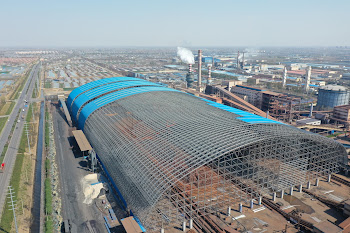How is welding quality controlled in steel structure construction projects?

In Southeast Asian climates where moisture and heat pose welding challenges, maintaining steel structure weld quality is vital to structural safety. Welding Quality Control Techniques: Standardized Welding Procedure Specifications (WPS): Ensure all site and factory welders follow AWS D1.1 or ISO 9606 protocols. Non-Destructive Testing (NDT): Ultrasonic Testing (UT): Detects sub-surface flaws Magnetic Particle Testing (MT): Reveals cracks on nodes Visual Inspection (VT): Ensures weld bead quality and alignment Environmental Controls: Use welding tents and humidity control on site Post-weld heat treatment if required for thick nodes or critical connections Data-Driven QA: Maintain weld logs, inspection reports, and digital tracking via BIM for full traceability — increasingly common in Singapore and Thai infrastructure projects. Need a sample welding quality checklist used in a real airport terminal project? I’m happy to share.




